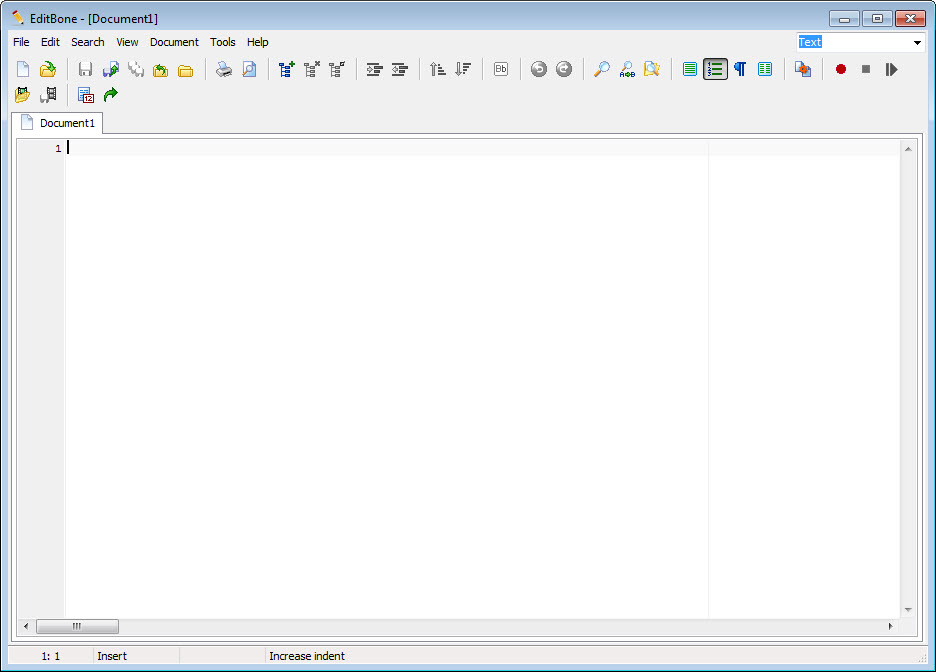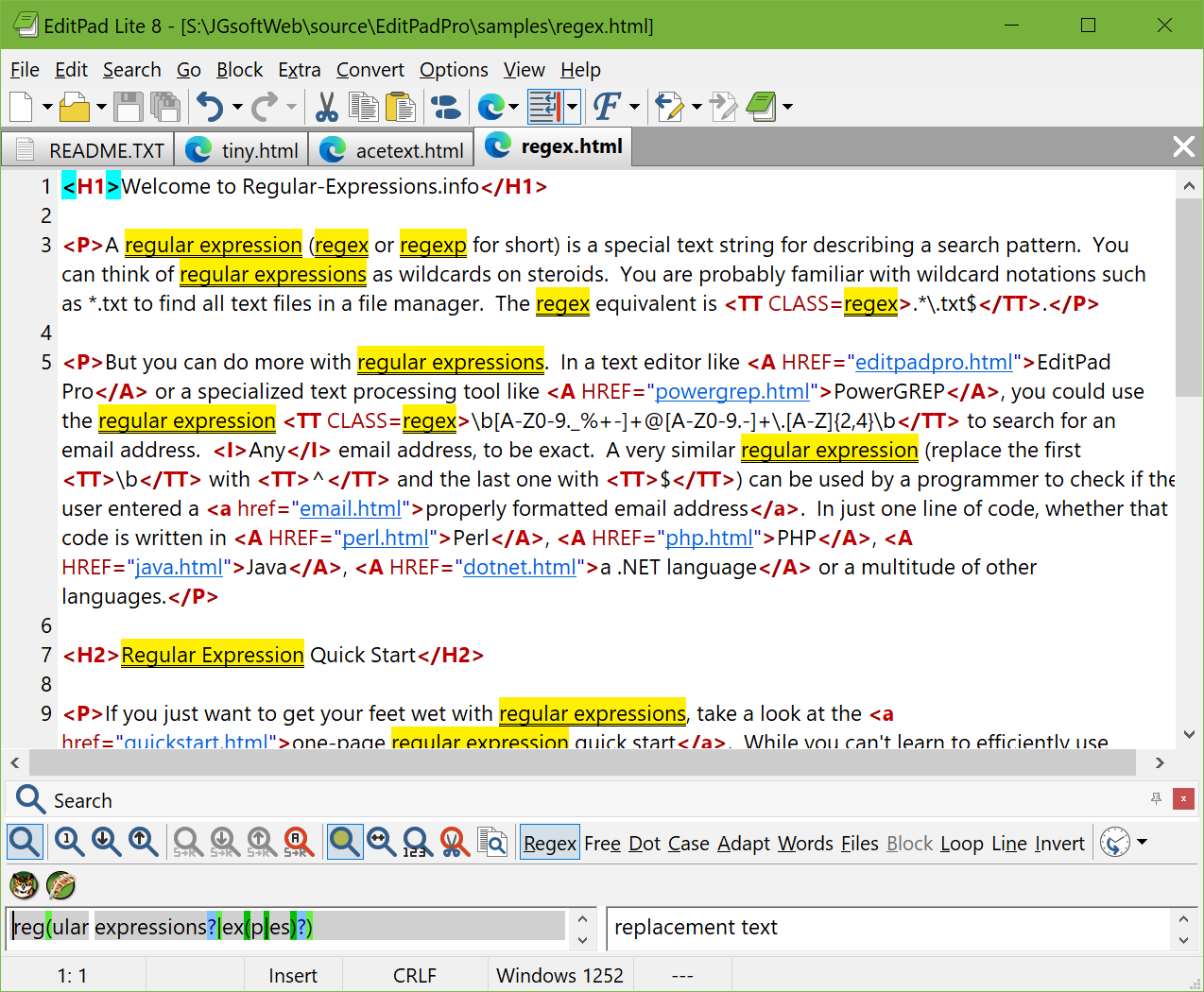
:max_bytes(150000):strip_icc()/brackets-5a2af704da27150036827792.png)
id="editor" lets me call that div by its name from the script I write.As such, it means nothing and does nothing, but programmers use divs all the time because they can make divs do all sorts of things.

div stands for ‘division’, or just a block.The second line is a little more complicated. In our case, the level doesn’t make sense, but I just like how it looks. H2 stands for ‘Heading of the second level’. No need to remember this code, I just copied it from an HTML blank page template. There is a pinch of wizardry required to tell the browser that the document it’s looking at is a web page. Housekeeping and groundworkįirst, I’ll need an empty HTML page. You can quit and reload your browser, even restart your computer, and your text will stay there. The result will be a very simple-looking, yet a functional text editor with auto-save. This will ensure that our text is recalled when I reload the page.
#SIMPLE TEXT EDITOR CODE#


When I press a key, JavaScript will save to localstorage whatever is in the editable block. I will tell JavaScript to pay attention to whenever I press a key. In the background, there will be JavaScript, looking at what’s going on inside the page.That block will be content-editable, meaning you can type into it.I’ll refine the visuals in the next version. Because I want to keep it simple, I’ll start with no design at all, just bare structure. I’ll have a web page that contains an area, or a block.Later, you can implement synchronization, so that other users see the edits as well. The changes will only be visible to the user (by default), but there will be changes nevertheless. I’ll use this area to store our text.Ĭontent Editable - some blocks in HTML can have this property, which will allow users to edit what’s inside that block. It is restricted to a page (meaning, each page has its own isolated storage) and doesn’t sync across different devices or browsers. Localstorage - your browser has a special block of memory that can be used to store data. Ever seen a web page with snow falling over the text? That snow, too, is JavaScript. Ever heard of Slaсk? Written entirely on JavaScript. JavaScript - this language that allows you to dynamically manipulate things on your webpage, and even build whole web-based apps. Our text editor will be a web page that will work in your browser. Your browser interprets HTML and renders a page based on its instructions. HTML - this is the language that is used to structure web pages.
#SIMPLE TEXT EDITOR HOW TO#
It will be pretty simple and won’t have many features, but it will be of your making, even if you barely know how to code. But consider this: with about 60 lines of code (that’s close to nothing), you can make your own secure and stable text editor. Alternatively, you could be using a specialized typesetting language like LaTeX, which has specific formatting rules you need to follow.It’s not like there aren’t enough text editors. Microsoft Word would constantly be complaining about your spaces, your capitalization, or how you’re using inappropriate punctuation because you have semicolons and paired brackets everywhere. The exact use cases vary - sometimes, the intelligent features of modern Word Processors might actually get in the way, like if you’re writing code in a language that requires specific formatting (which is a majority of them). They use fewer resources than sophisticated word processors, and there is no possibility of accidentally embedding formatting-related code in a file that shouldn’t have any. Generally speaking, plain text editors shine in situations where you don’t need, want, or care about automatic or fancy formatting options. RELATED: What Is Plain Text? Why You Need a Plain Text Editor Using plain text helps minimize compatibility issues and keeps file sizes to a minimum. Plain text is also the standard for writing code for scripts or for programs. Most all the configuration files applications - and operating systems - use are saved as plain text. Plain text is the exact opposite - any formatting parameters you include are visible and must be explicitly written out. Normally that information is interpreted instantly by the text editor you’re working with, and you never see it directly. This picture is the actual information saved in the RTF file.


 0 kommentar(er)
0 kommentar(er)
